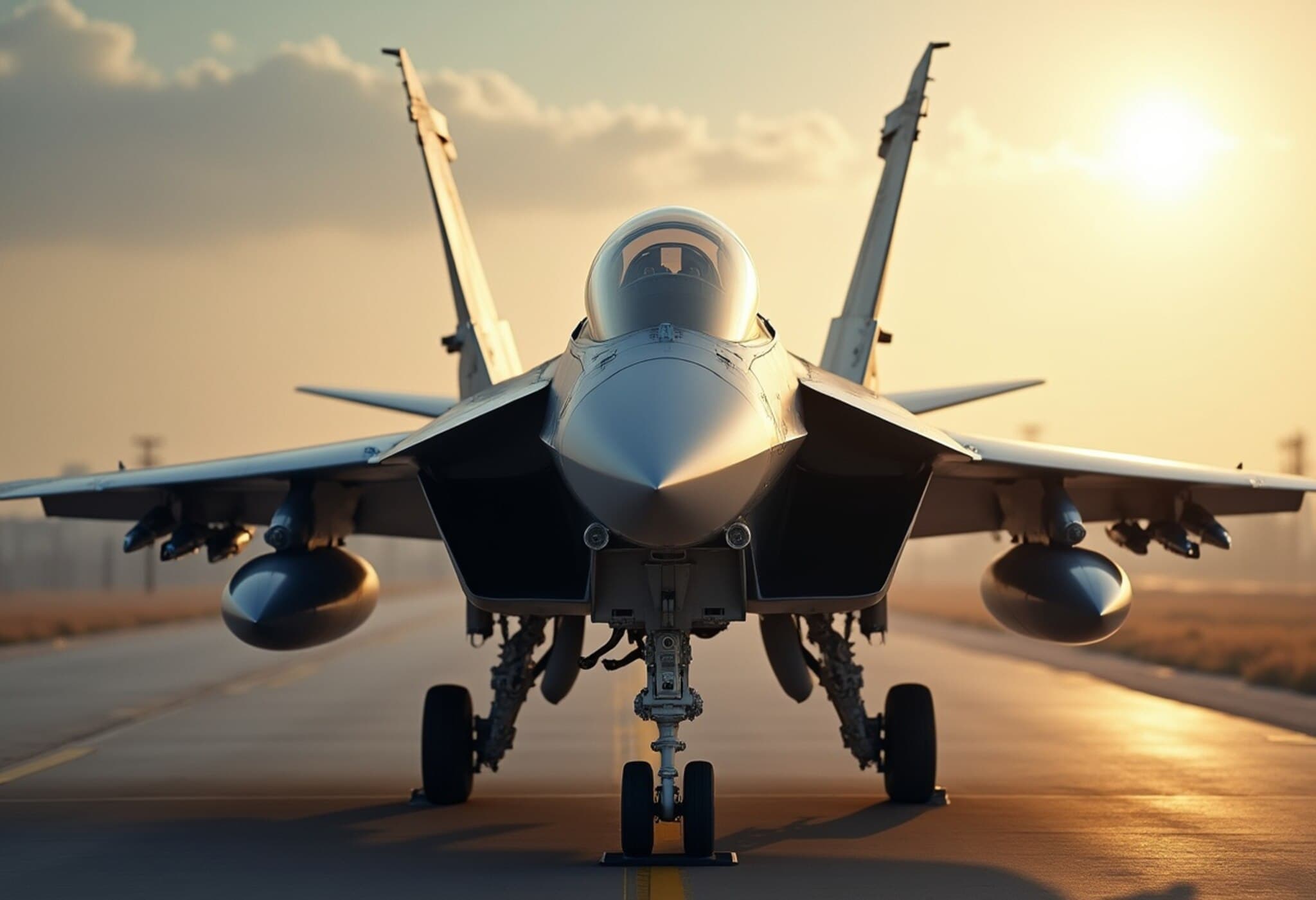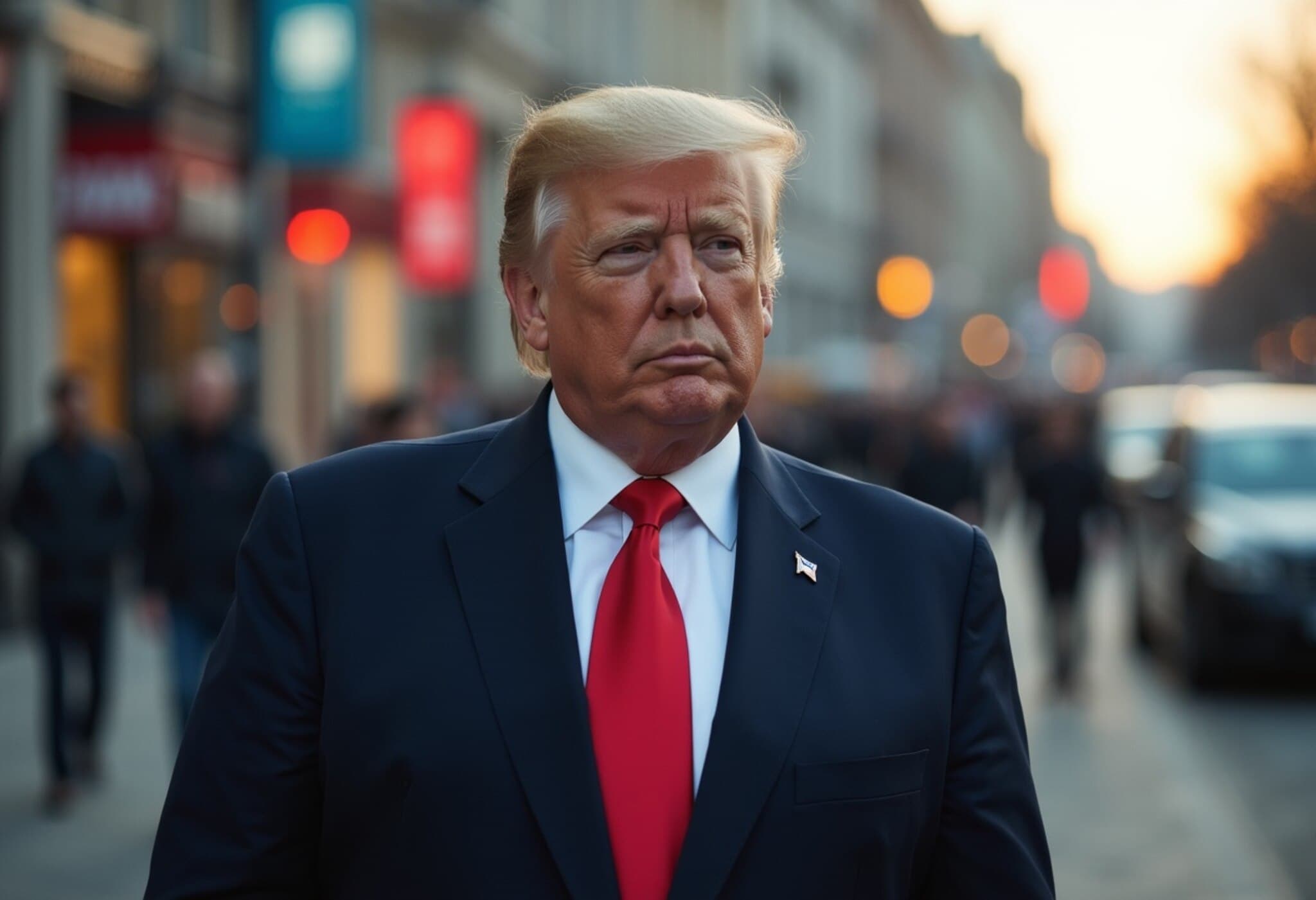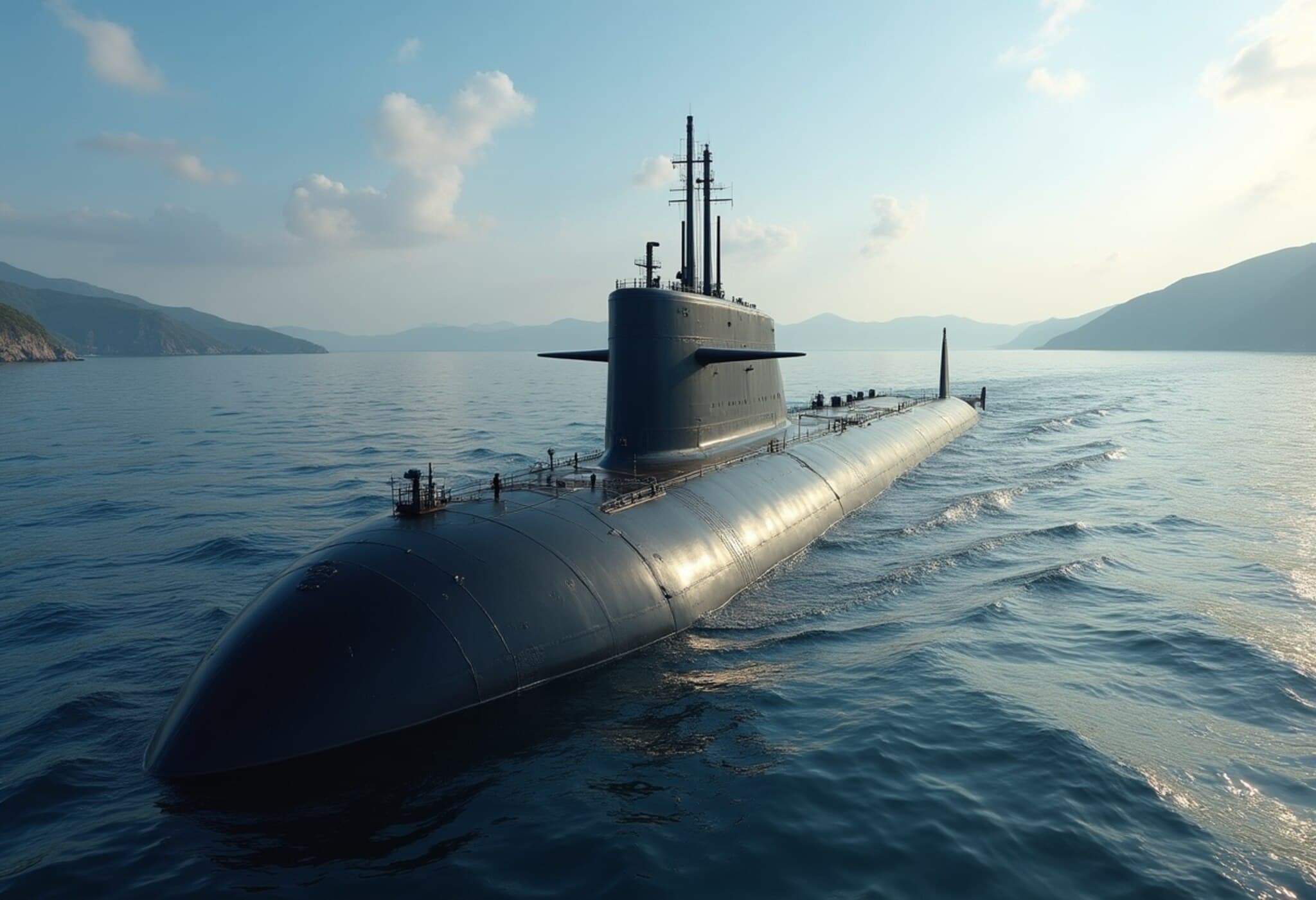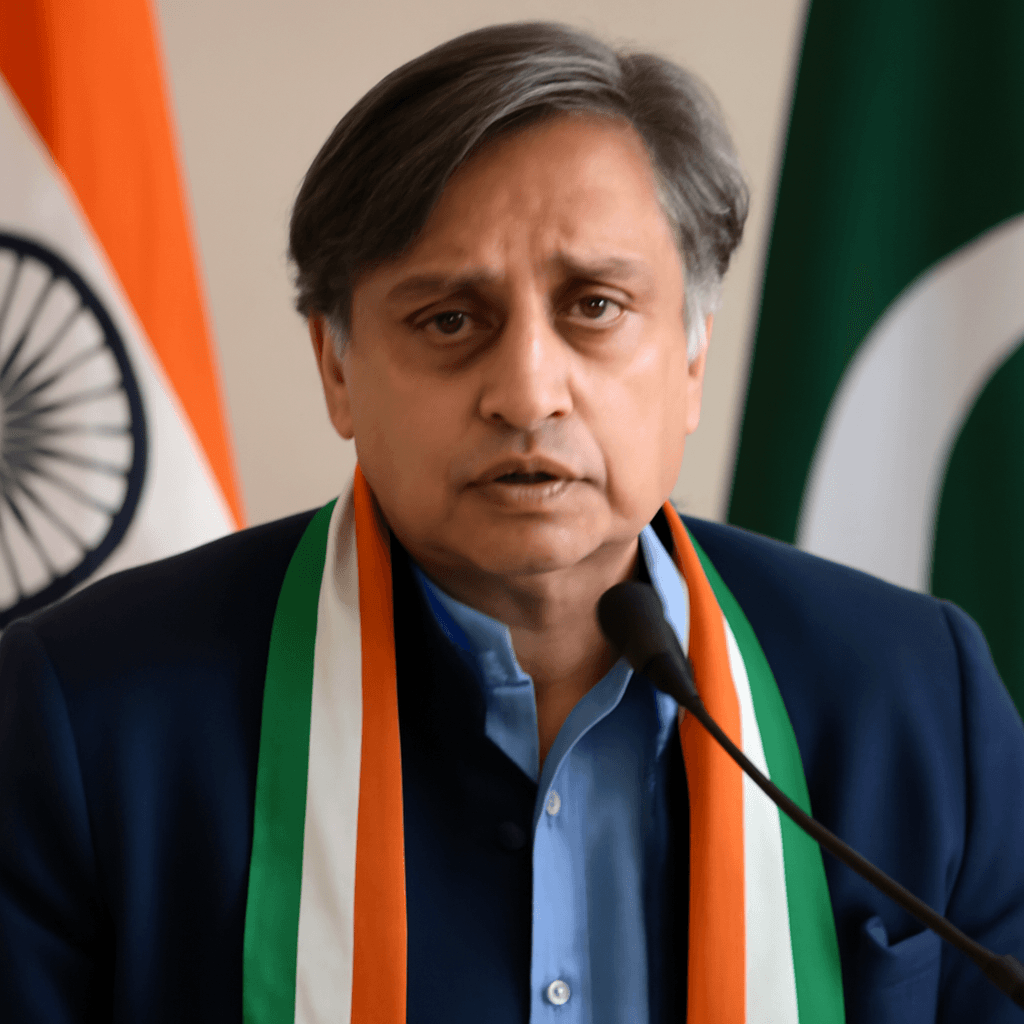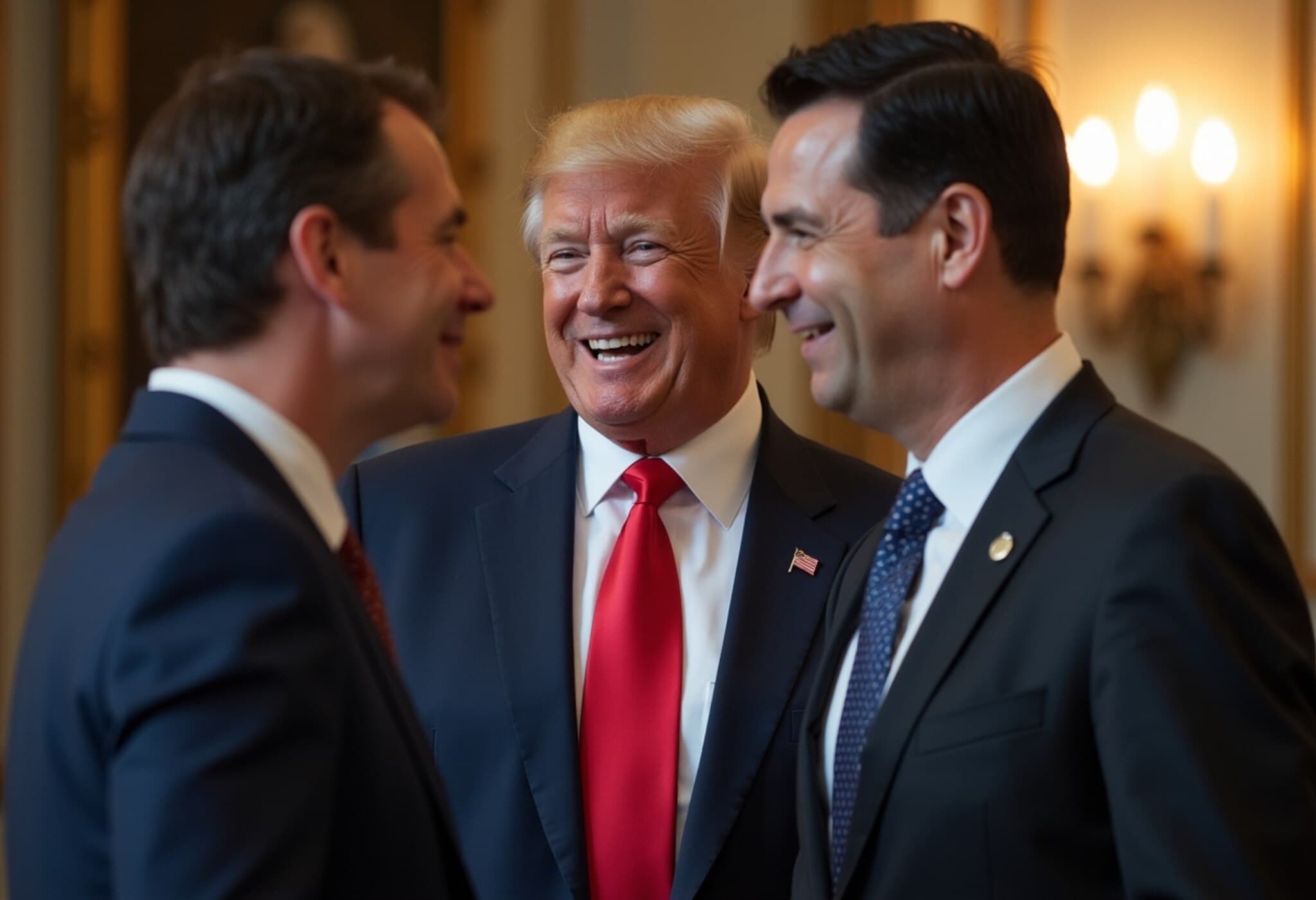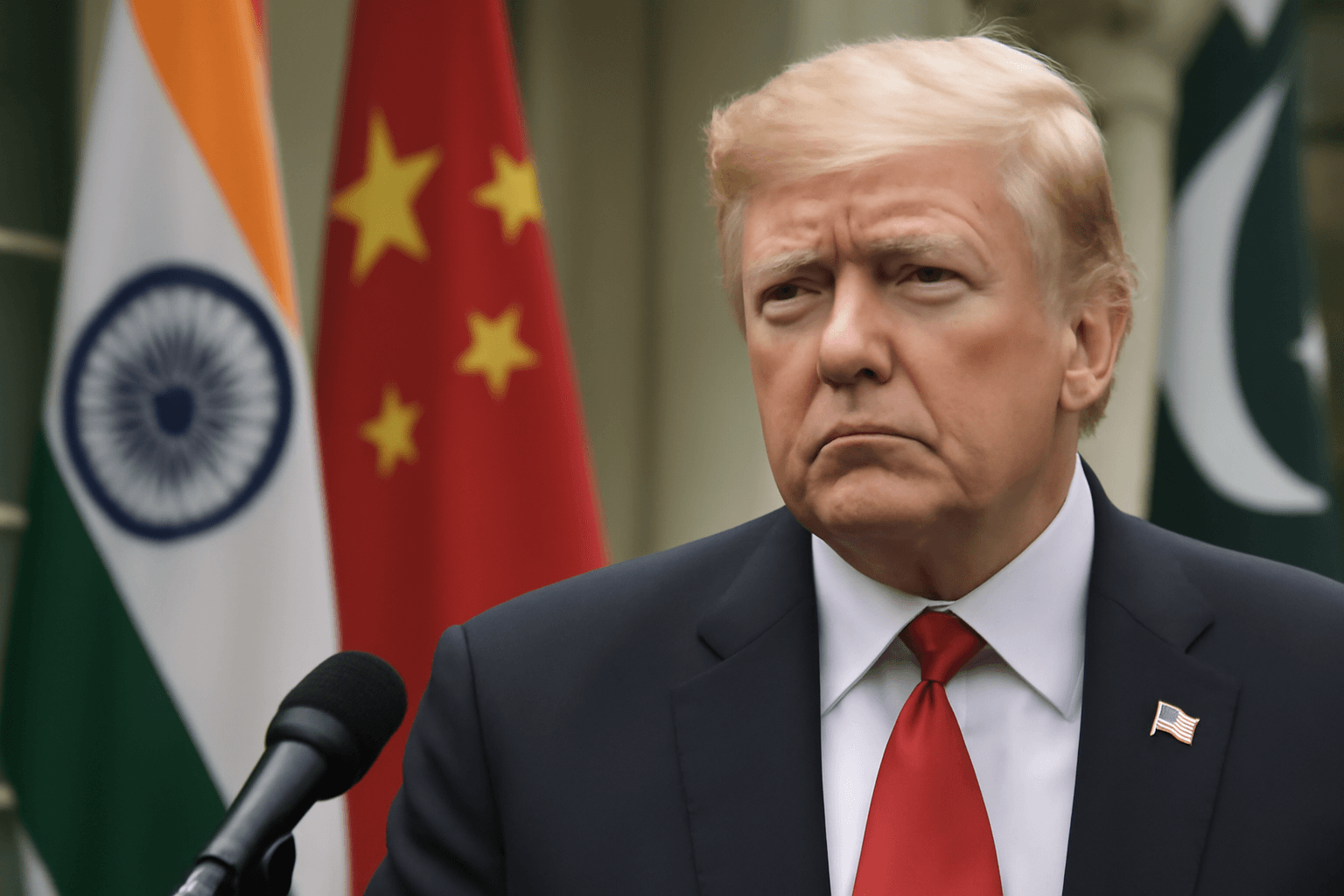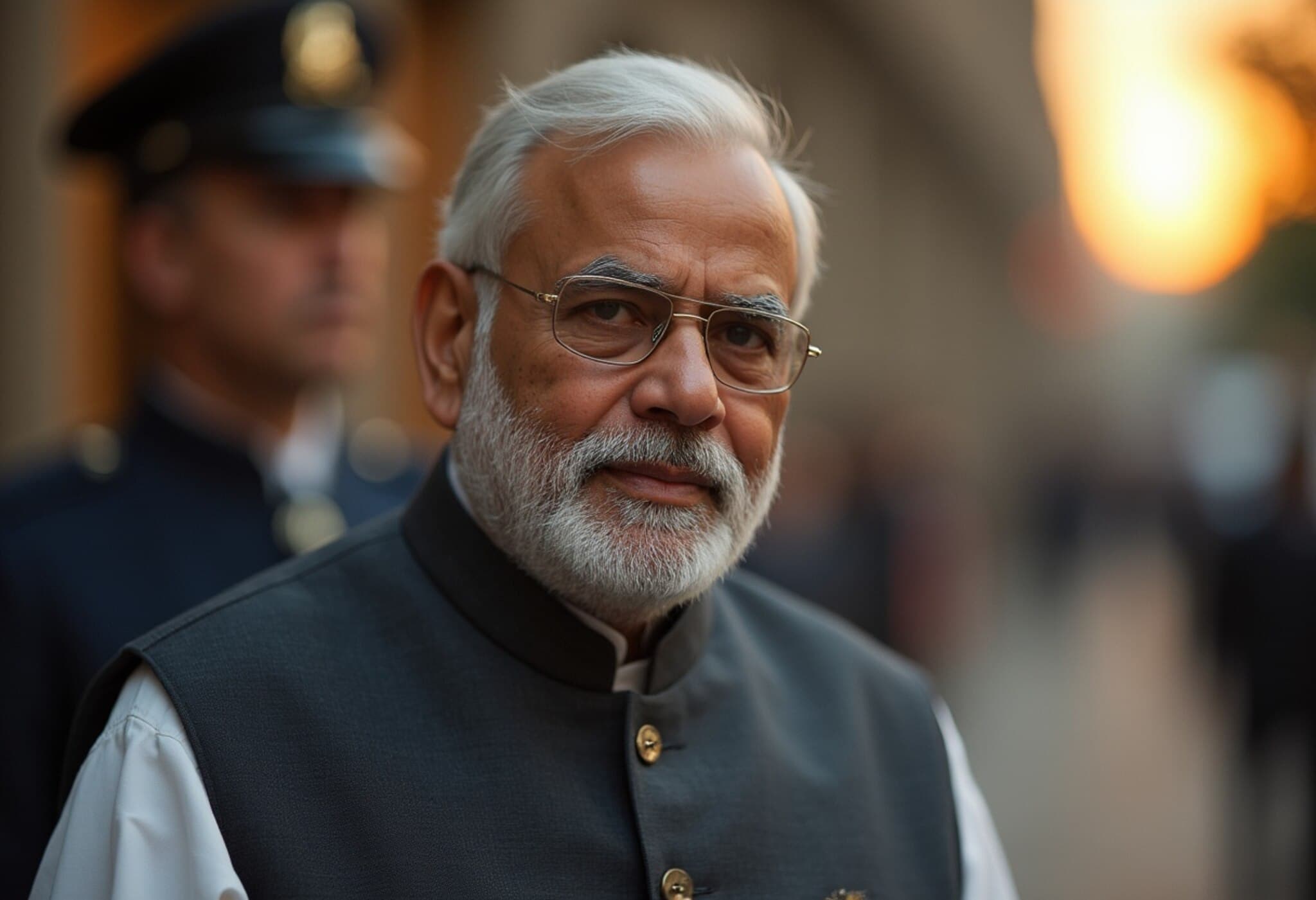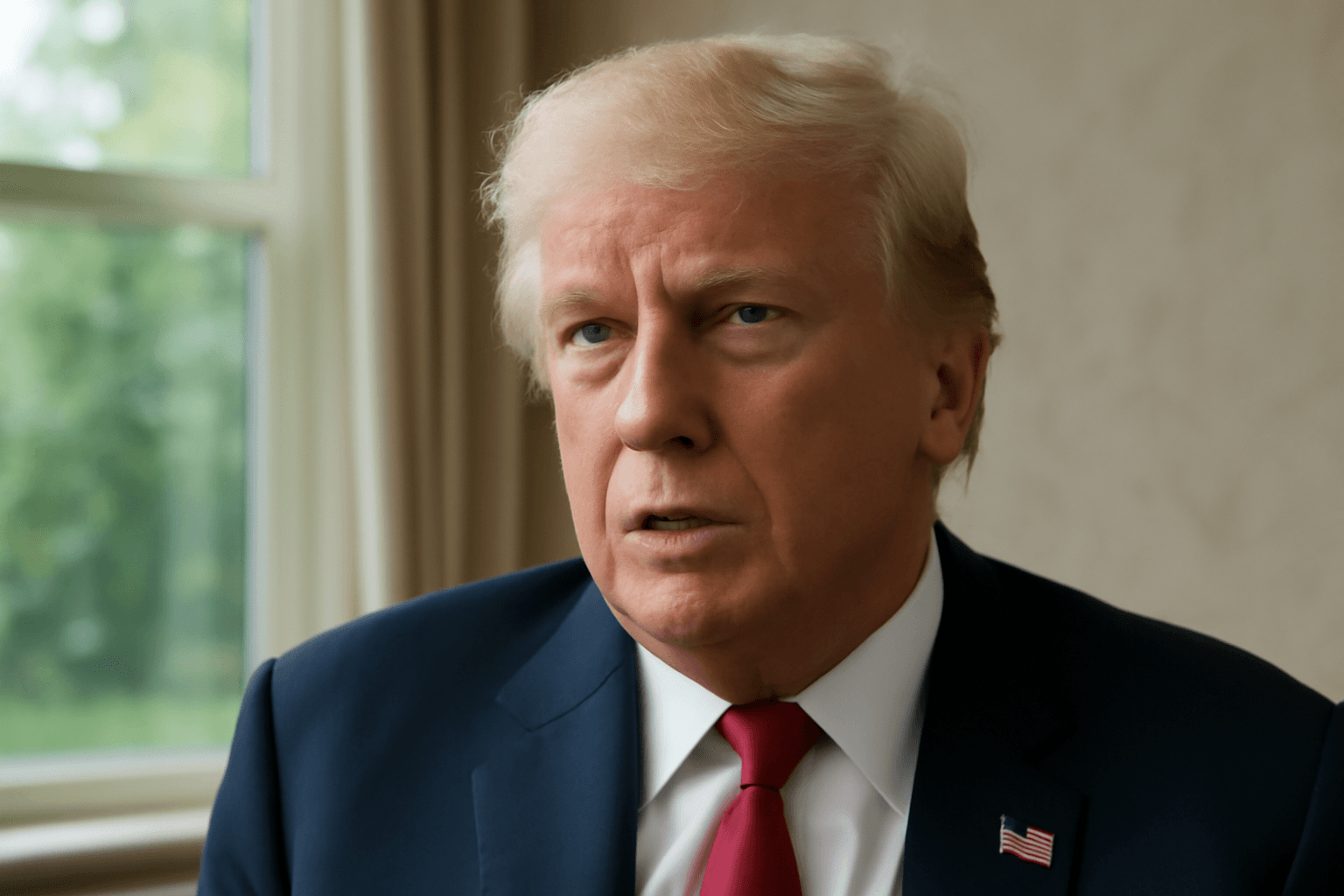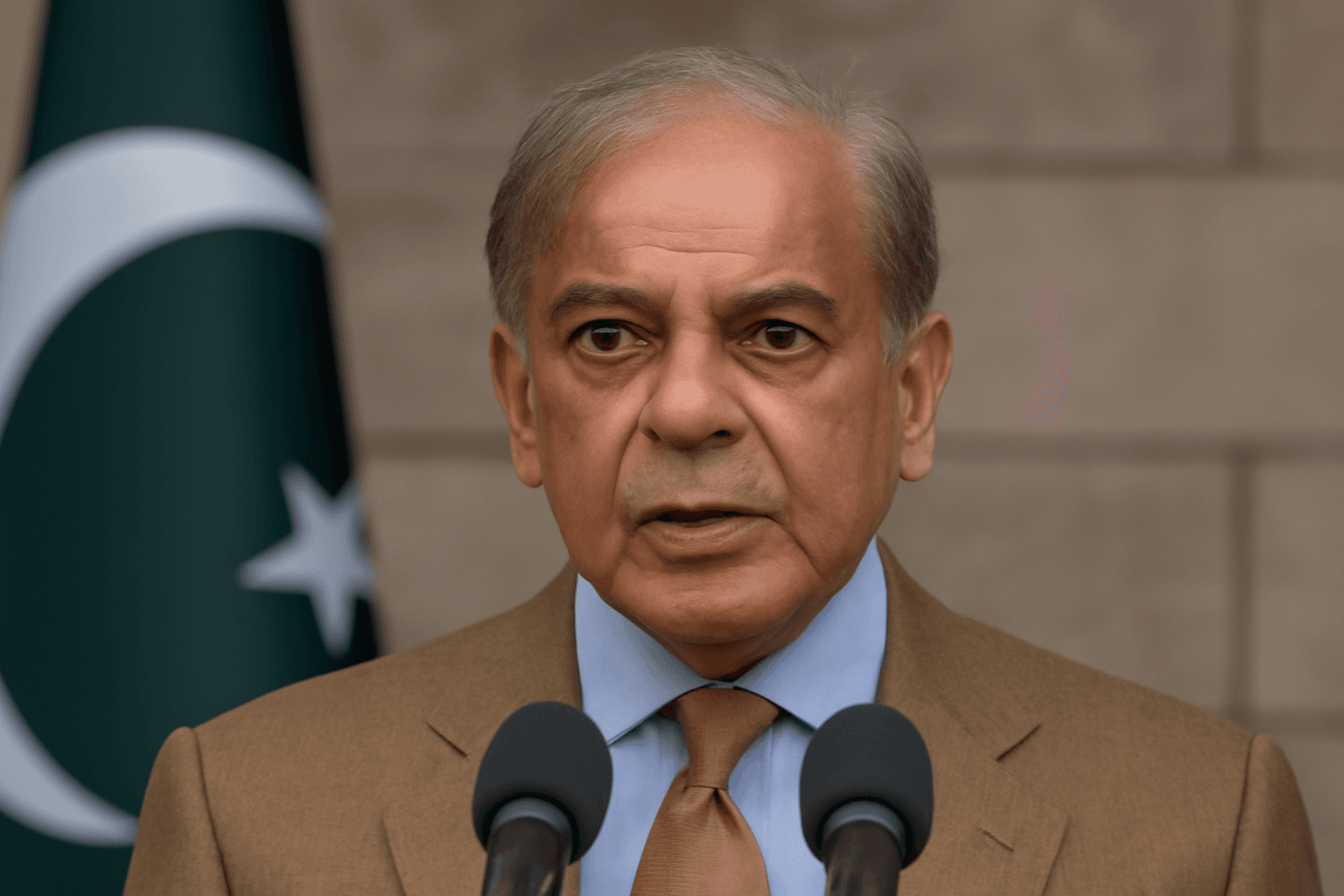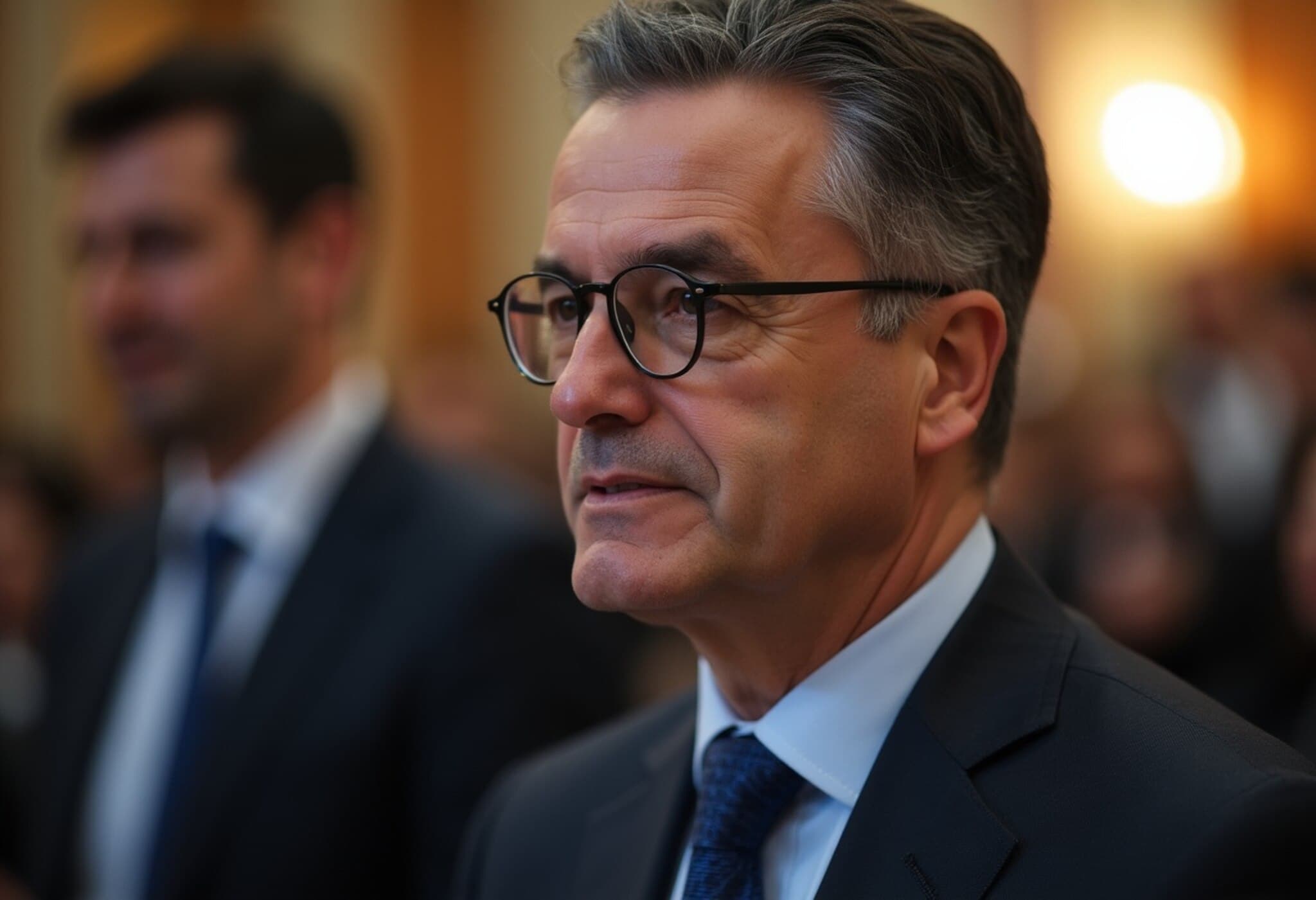China’s Disinformation Efforts Target Rafale Jets Following India-Pakistan Skirmishes
In the tense aftermath of the May 2025 air clashes between India and Pakistan, French and Indian military officials have scrutinized not only the combat outcomes but also an unexpected front in information warfare. French intelligence reports reveal that China has actively engaged in spreading disinformation aiming to undermine the reputation of France’s Rafale fighter jets, which played a pivotal role in India’s air strikes.
Coordinated Diplomatic and Online Campaigns
According to a report cited by The Associated Press, Chinese defence attachés stationed in embassies around the world have been spearheading efforts to dissuade countries—Indonesia among them—from purchasing Rafale jets. This campaign is not confined to diplomatic channels; it extends into social media where thousands of newly created accounts have been disseminating manipulated images, AI-generated content, and even repurposed video-game footage purporting to show damage to Rafale aircraft.
The goal appears clear: to promote Chinese-made fighter jets as preferable alternatives and to cast doubt on French military technology. France’s Defence Ministry described the effort as a "vast campaign of disinformation" designed to not only attack the Rafale but to also erode confidence in France's broader defence industry.
Context: The May India-Pakistan Confrontation
The May confrontation marked one of the most intense escalations in recent years between the nuclear-armed neighbors. Pakistan claimed to have downed five Indian aircraft, including three Rafales, raising questions among current and prospective Rafale customers about the jet’s combat efficacy. India confirmed some aircraft losses but kept precise numbers confidential.
French Air Force Chief General Jérôme Bellanger acknowledged evidence of three aircraft losses in total—a Rafale, a Sukhoi, and a Mirage 2000—and noted the concerns raised by nations operating the Rafale.
Strategic Implications for Defence Diplomacy and Indo-Pacific Influence
The Rafale program is a cornerstone of France’s defence exports and a key instrument for deepening strategic partnerships, particularly in the Indo-Pacific region where China’s military and economic influence is expanding. By challenging the jet’s reputation, China could be attempting to curtail Western defence penetration in a critical geopolitical zone.
Expert analysis from Justin Bronk, senior research fellow at the Royal United Services Institute, highlights this angle: "Leveraging Pakistan’s combat performance—or at least perceived performance—to undermine Rafale sales fits into China’s broader strategic efforts to limit Western influence in the Indo-Pacific."
With Indonesia currently reassessing its Rafale order for 42 jets, the campaign’s real-world impact on defence procurement decisions is becoming evident.
Responses From France and China
France has maintained a robust defence of the Rafale, emphasizing its advanced capabilities and the jet’s successful deployment in diverse operational environments. The Defence Ministry noted, "The Rafale was not randomly targeted. It is highly capable, widely exported, and flown in a high-visibility theatre."
Meanwhile, China’s Ministry of National Defense has dismissed the allegations as "pure groundless rumours and slander," asserting a responsible stance on military exports and their role in promoting regional and global stability.
Broader Questions and Takeaways
- How do modern conflicts extend beyond the battlefield into information warfare and diplomatic maneuvering?
- What does this campaign tell us about the intensifying great power competition in defence technology sales?
- How might recipient countries navigate disinformation pressures when making strategic procurement decisions?
Looking Forward
With over 533 Rafales sold globally, including critical customers in Egypt, Qatar, Greece, Croatia, the UAE, Serbia, and India, the battle for market perception is as fierce as any aerial dogfight. This episode underscores how military procurement today operates at the nexus of geopolitics, technology, and narrative control.

